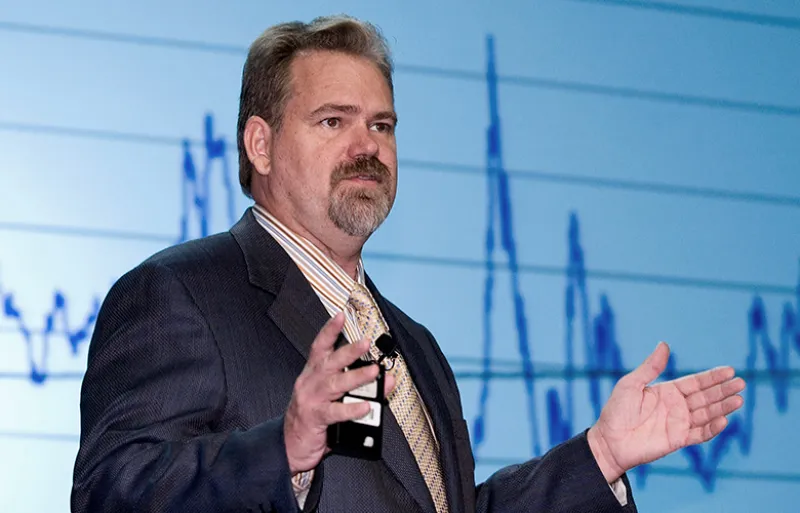Index funds may be loved by investors, but they are routinely costing them gains by making the avoidable mistake of buying high and selling low, according to a new paper from investment strategy firm Research Affiliates.
“Stocks are usually added to the index when they’re ‘hot’ and are dropped when they’re deeply out of favor,” Rob Arnott, chief executive officer and founder of Research Affiliates, wrote in the paper co-authored with colleagues Vitali Kalesnik, and Lillian Wu. “This sometimes leads to the addition of temporary high-fliers, just before they bomb.”
Passive funds tracking major indexes, such as the Standard & Poor’s 500, have been popular for their low fees and broad market performance that has topped many active investment managers. Still, firms can construct better indexes that are “less prone to chasing recent performance” and have lower turnover of stocks, according to the paper.
Index providers may avoid the unfortunate situation of buying high and selling low in large-cap portfolios by using an at least five-year average market capitalization to identify “the more stable and reliable” top 500 or 1,000 companies, Research Affiliates found. Coupling this with so-called banding to limit “flip-flop” trading — where stocks are quickly deleted after they’re added — almost eliminates the buy-high and sell-low dynamic, according to the authors of the paper.
“Our estimates suggest that a combination of these two changes in index construction can boost index fund performance” by about 15 basis points a year, they wrote. With $4.1 trillion in assets tracking the S&P 500, Research Affiliates estimated index fund investors could see about $6.2 billion in improved returns every year.
“In a world in which funds fight over fractions of a basis point in fees, this produces a material benefit!” Arnott and his co-authors wrote.
[II Deep Dive: Greenline CIO Warns Against ‘Huge Risk’ in Factor Investing]
Research Affiliates traces the first index funds back to 1973, when Dean LeBaron of Batterymarch Financial Management started the first S&P 500 fund for institutional investors. Soon after, Jack Bogle founded Vanguard Group and created the first S&P 500 fund for retail investors, according to the paper.
“These early index funds were derided by competitors as being 'un-American' because they made no effort to discern which firms could make best use of the invested capital,” the authors wrote. “They believed it was profoundly misguided to deliberately aim for an 'average' (benchmark) return.”
Now, it seems, active managers are trying to survive them.
As recently as February, the seven largest mutual funds and exchange-traded funds by assets under management were all index funds, according to Research Affiliates. The biggest was the SPDR ETF, which tracks the S&P 500, with about $275 billion of assets. The Vanguard 500 Index was the second largest at about $242 billion, followed by the Vanguard TSM Index with about $194 billion of assets at the time.







